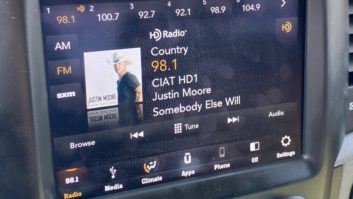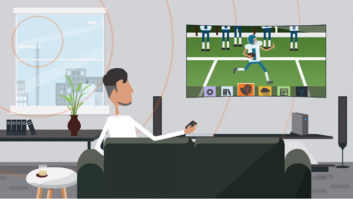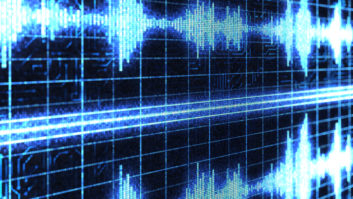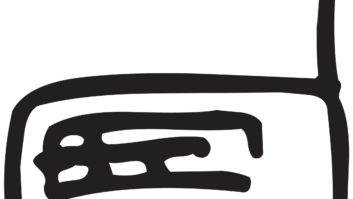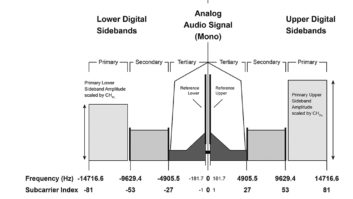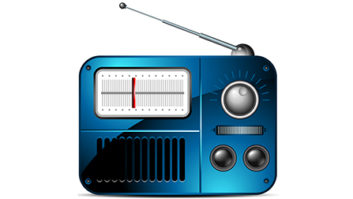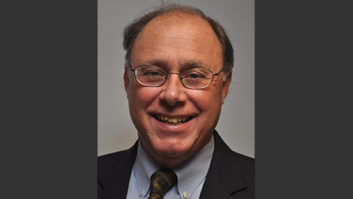The FCC has said it declined to reconsider the selection of HD Radio as the U.S. digital radio standard. But Alan Hughes, a broadcast technical writer in Australia, believes the industry should not convert to all-digital HD Radio on the AM band but should consider Digital Radio Mondiale in the 47–88 MHz band, which he notes has been “virtually vacated by TV.” He says available DRM channels are more than enough to cover existing AM and FM stations, plus new entrants.
The following is from comments he filed to the FCC about proposal to allow the MA3 all-digital mode of HD Radio for AM stations in the United States. It has been lightly edited for style and clarity.
Currently, radio in the USA is in an interference-fueled mess.
VHF Band 2 (FM band) — According to the FCC database, there are nearly 14,000 FM broadcasters with over 10,000 translators, causing this band to be overcrowded and getting worse, particularly with the addition of FM translators for AM broadcasters, and FM/digital HD Radio sharing half of the channels either side of them which are used by other broadcasters. Digital power is 4–10% of their FM power to prevent digital interference to their own signal and others. This substantially restricts the coverage area before the receiver goes back to FM or, if it is HD2–HD4, drops out altogether.
There are no pure digital HD broadcasters in VHF Band 2.
Medium Frequency (“AM band”) — In the FCC database there are 4,616 AM broadcasters in North America; 240 are authorized for HD operation but this does not include broadcasters who have switched off HD.
Interference from electrical disturbances is caused by electrical switch mode power supplies, which are in virtually everything electrically powered including LED lighting, and electric cars when charging and moving. Petrol-powered engines can cause interference. Electric power line insulators also can cause considerable interference.
[Real-World Tests Make Business Case for MA3]
On AM this causes annoying static but also unreliable digital reception, particularly for AM/HD where the digital signal is only 1% of the carrier power.
Interference between broadcasters is caused by AM broadcasters sharing half of their channels used by other broadcasters; this also occurs with HD Radio and is worse in its mode AM/digital mode. This is why many AM broadcasters have stopped broadcasting digital at night.
There are no high-powered pure digital HD broadcasts in the MF band. There is only WWFD, a city-wide station, on air.
Vehicle manufacturers have stopped using long telescopic antennas, which gather more signal for this band than the “Shark Fin” type, which is just too short. The “Shark Fin” antenna contains an amplifier that overloads on strong interference and will then affect the reliability of reception.
The FCC needs to do an independent survey to determine what proportion of the population actually listen to HD Radio. Since the HD standard has existed for 19 years some radios will have died. One would have expected that analog AM and FM should have been superseded by now.
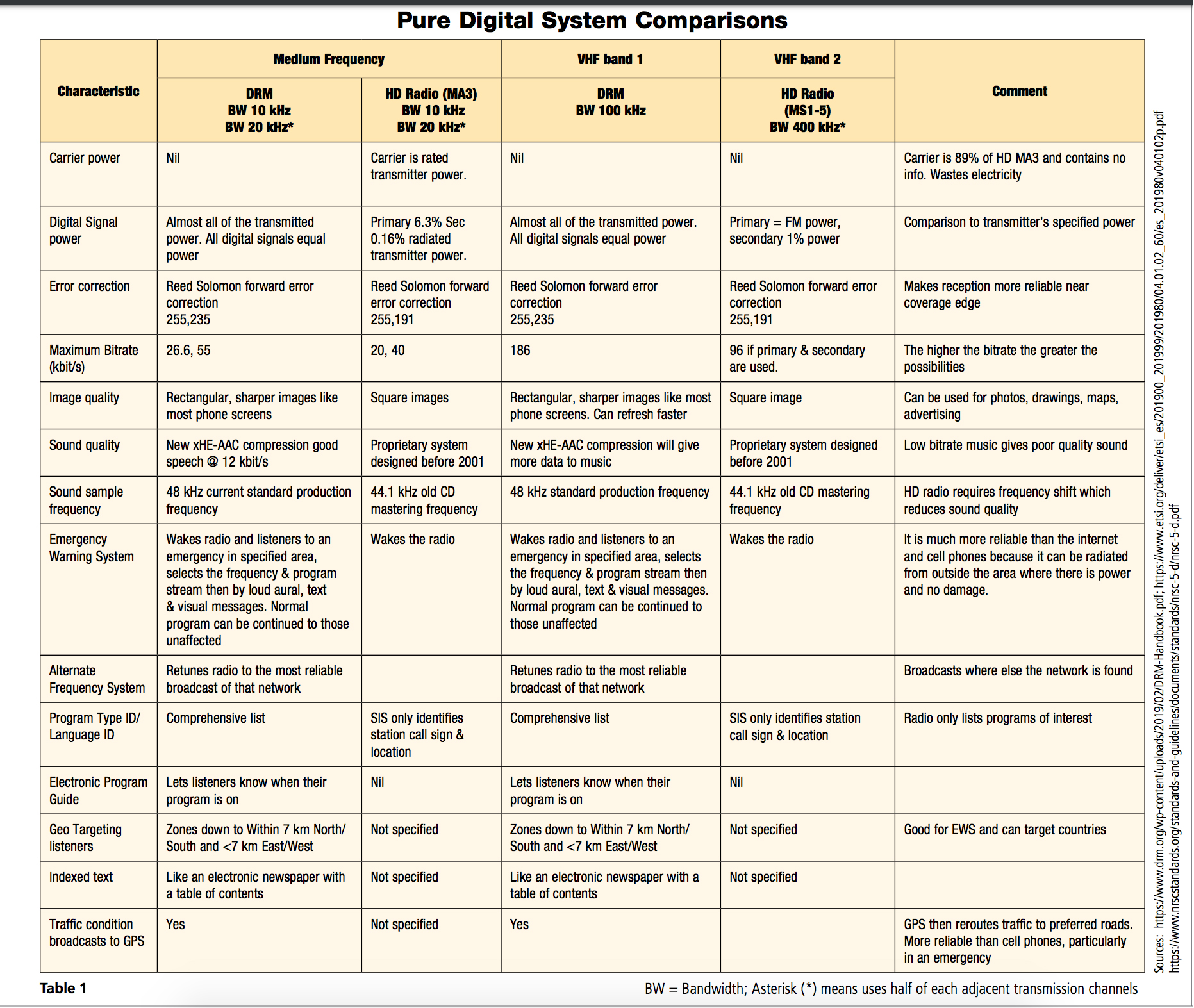
OPTIONS FOR IMPROVEMENT
Hybrid Digital (HD) Radio is not feasible because the digital signal has to be so weak and because listeners have to remember whether it is AM or FM, the frequency and if it is HD1–HD4. This approach seems to have not been able to produce a national conversion to digital.
Pure digital HD Radio in VHF Band 2 in this mode still requires 400 kHz (two FM channels) to transmit one broadcaster’s programs. Interference will continue when all broadcasts are pure digital in Band 2. In the medium-frequency band a signal can fit in a non-interfering channel but the sound quality is poor and it lacks the ability to carry data information, alternatively the wider channel will cause interference to broadcasters in the adjacent channels.
DAB+ is in widespread use outside of North America but cannot be used because TV is using nearly all the available DAB+ channels.
DRM in VHF low band (TV Channels 2–6) in this mode only requires 100 kHz. Thus four DRM transmitters can replace a pure digital HD signal in Band 2. Each of these DRM transmitters can carry three sound programs. DRM has not been trialled in North America. It does not use any of the existing bands used by broadcast radio. This means it can be broadcast in addition to any existing broadcasts without interference with existing services and also without power limitations caused by existing broadcasters. There is no sharing with adjacent channels.
See the accompanying graphic (Fig. 1).
66–72 MHz provides 59 channels that can be used around the locations of the above TV transmitters with the exception of TV Channel 4. Where radio broadcasters are near the seven medium-power TV transmitters they can use 47.1–49.9 and 76.1–77.9 MHz.
The FCC needs to allocate DRM frequencies to all broadcasters in groups of six consecutive channels, allowing broadcasters to share transmitters, antennas and towers. DRM can use the same frequency over the whole license area including repeaters in black spots. There are enough channels for both AM and FM broadcasters, leaving the medium-frequency band for low population density areas such as Alaska and Arizona.
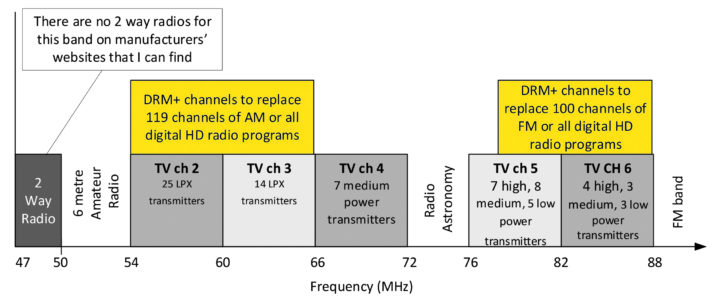
CONCLUSION
In 1998, when Australia was selecting which system to use for digital television, our Communications Lab did a side-by-side performance tests (see http://tinyurl.com/rw-hughes) between DVB-T and the Advanced Television System Committee’s systems.
As a result the only countries to take roll out ATSC were the USA, Canada, Mexico and South Korea. The rest of the world use DVB-T, its upgrade DVB-T2 and a later Japanese IDSB.
The FCC should follow this example and do the same trials for radio. There are two United Nations’ International Telecommunications Union standards for digital radio, DRM and DAB+, which should be adopted in North America to make receivers cheap for all, just like AM/FM. This will enable a rapid rollout of an interference-free system.
I have no commercial interest in the outcome of your decision.
The author is a broadcast technical author from Australia and has spent a lifetime in training technicians. Radio World welcomes opinion and points of view on important radio broadcast industry issues.
